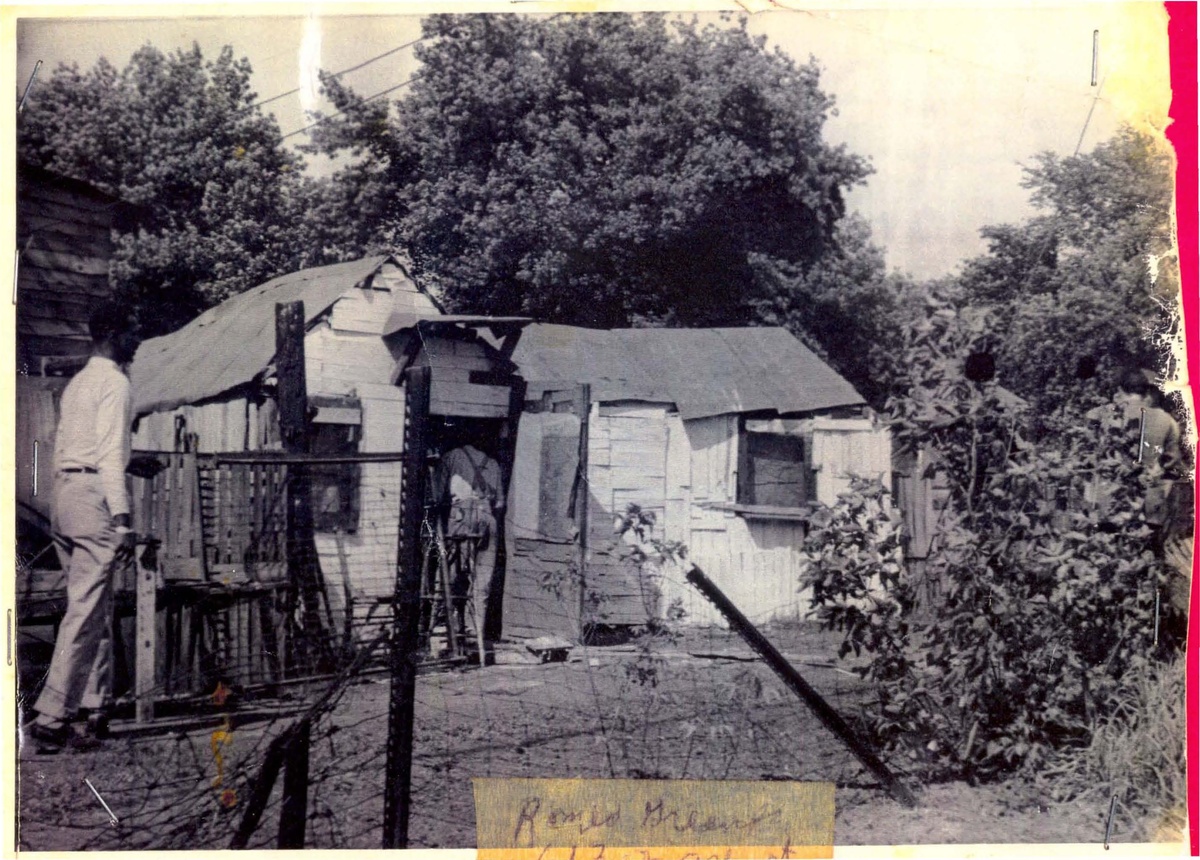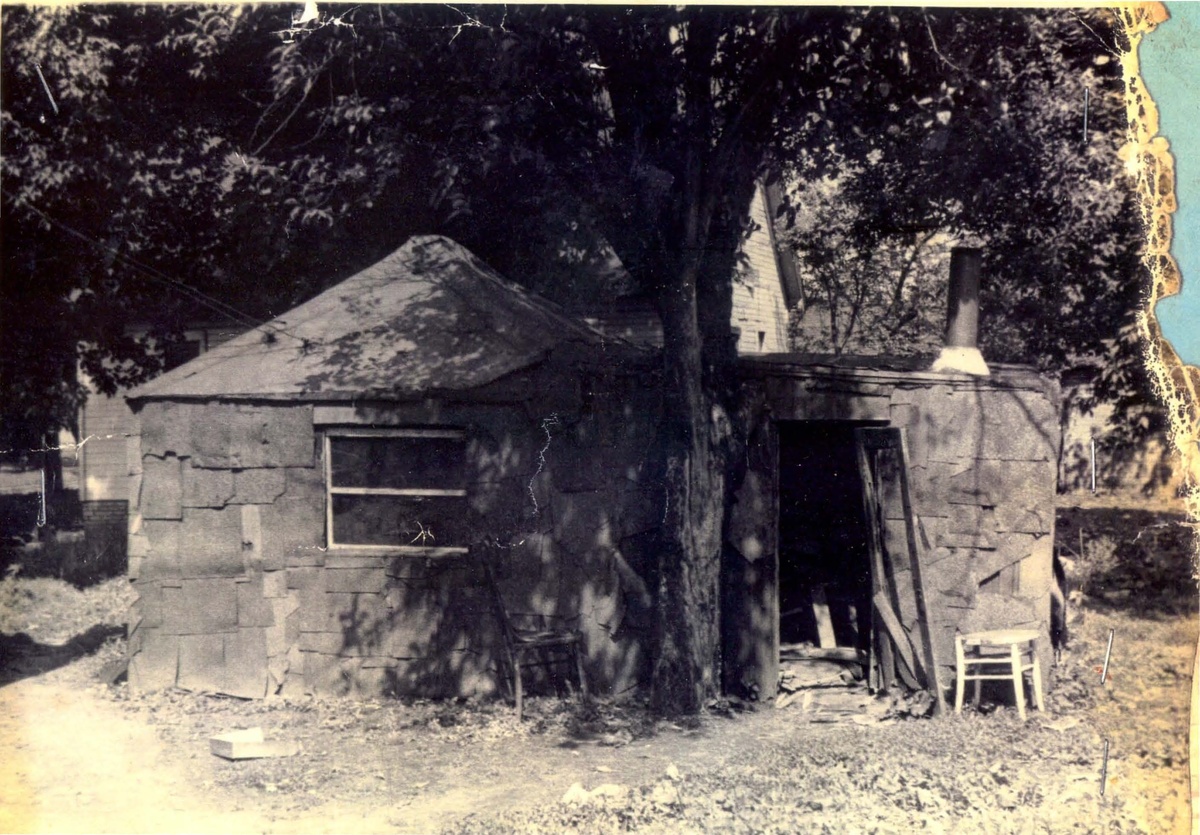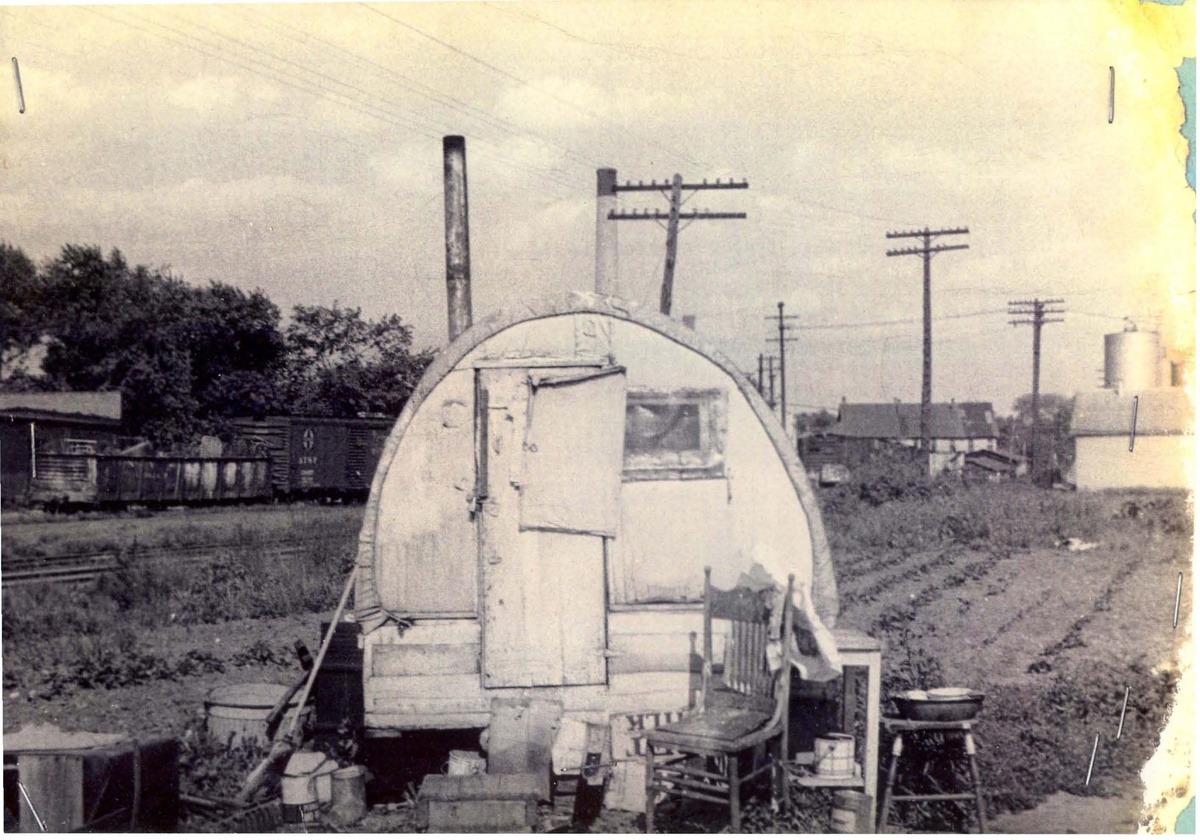Housing discrimination does not just happen. It is created. And it results in poor race relations in all other areas of community living. Champaign-Urbana’s housing history is a history of racially restrictive covenants, segregated separate and unequal housing stock and access, plus different institutional and individual local gatekeepers – UIUC, local public housing authority, real estate agents, lending institution agents, and property owners and managers. These are all too similar to those widely documented elsewhere nationally.
Locally, oral histories, newspaper articles, and other period reports overwhelmingly show that the dual housing market in CU did not evolve by chance. It was not the result of natural variation in income level. It was not the personal preferences of local African-American residents. Instead, white CU residents, whether acting as individuals or as members of institutions, deliberately confined black residents to a tiny parcel of space in the North End of Champaign-Urbana. The residential segregation that exists today in CU was originally created by a combination of racially restrictive covenants, university housing policy, and local white residents’ racism.
Restrictive Covenants
Racially restrictive covenants were the primary legal instrument used to limit African-Americans’ housing options nationally before 1948. The local League of Women Voters reported that between 1940 and 1968 the African-American population of Champaign more than quadrupled in size. In her 1990 dissertation on race relations in CU between 1945 and 1962, Carrie Frank reported that between 1941 and 1950, 18 racially restrictive covenants were written into new subdivision deeds in Champaign County. These 18 covenants affected 774 total parcels of land: 65 in Rantoul, 50 near Savoy, and a whopping 587 in CU.
All of the covenants were worded in the most restrictive legal terms possible for similar statutes at the time, both in terms of racial designation affected and duration: “no part thereof will be sold or leased, either in whole or in part, to or permitted to be occupied as owner, or tenant by any person or persons not of the Caucasian race.”
Unfortunately, it was not until 1948 that the U.S. Supreme Court struck down the race covenant as unconstitutional and legally unenforceable. Even then, between 1948 and 1950 more racially restrictive covenants were recorded in Champaign County. Thus, as the African-American population increased through the 1940s and 1950s, all were legally required to live on the outskirts of town in what became the “North End.”
Black Student Housing
The University of Illinois’ student housing policies created “town and gown” relationships built along real estate speculation and market advantage, which together promoted and reinforced segregation in the larger community. According to a study of university housing from 1867-1967, local real estate speculators understood that “rooming houses and boarding houses would be needed. Therefore, money was to be made in real estate rather than in education.” As a former head of housing wrote, from 1880 to 1918, UIUC’s housing policy was not to own any student housing, instead “depending almost entirely on the Champaign-Urbana community to provide the food and shelter its students required.” By the 1940s, UIUC only housed 7% of its students. The university only served the housing needs of white students, and in virtually all official housing documents before 1945, the housing needs of black students were never even mentioned.
As UIUC housing historian Charles Sifferd put it, “enrollment in the University was contingent on whether or not one could find housing.” As late as 1965, the UIUC Housing Review Committee stated that “about 52% of spaces in uncertified homes and 80% of the apartments that were offered to students through the Housing Division listing service before March 1965 [we]re not listed [afterwards] because of the operator’s failure to sign the pledge of nondiscrimination.” Local real estate and university gatekeepers combined to force African-American UIUC students during these years to fend for themselves to find housing.
Between 1940 and 1950, CU’s population increased 37%. Lack of sufficient postwar housing supply meant overcrowding, use of basements and attics, conversions of sheds, garages, and chicken coops, plus many tar-paper shanties. Overall, housing was over-crowded, dilapidated, rents were high, and discrimination against women, and most severely, African-Americans, was rampant.
Shack Study
In 1949, the League of Women Voters performed a “Shack Study” that investigated African-American housing in the North End. Of a random sample of 85 “shacks,” less than a third, or 27, had inside faucets. The average room size was half the size of the smallest room in a house of standard construction in CU at the time. Only 18 dwellings had inside toilets. Outdoor privies, often shared with neighbors, were used by occupants of more than half of these shacks, sometimes requiring an extra four or five dollars a month in rent. Nine shacks had no toilet facilities whatsoever. When asked how waste disposal was managed, one of the occupants replied, “we just wait until dark and go out in the yard.” In 1953, two local children were killed in a shack fire resulting from the structure burning so rapidly they could not escape.
Neighborhood conditions in the North End were similarly abysmal. There were unpaved streets and no sewage disposal or garbage collection. The unpaved streets became muddy, and private garbage collectors claimed they could not drive their heavy trucks over the unpaved streets to collect any garbage. City ordinances that forbade such neglect were not enforced in the North End. Both Urbana and Champaign had regulations for the construction and maintenance of privies, but neither had inspection requirements to ensure compliance. As late as 1968 the Public Health Department acknowledged the high degree of communicable diseases in the area as a result of such conditions, yet despite having “the authority to condemn dwellings, [they] consider[ed] it impossible to exercise this authority when there [wa]s no place for people to move.” Social workers noted tensions in families living under makeshift conditions, as well as lowered physical stamina and spread of disease.
Racist stereotypes and circular reasoning produced and reproduced such documented conditions. In a 1947 book, two sociologists explained how housing segregation worked in Northern cities: “the race restrictive covenant is significant not only as a legal instrument limiting the housing supply and defining residential racial segregation, but also because its use brings into existence a body of social practice, attitudes and policy having a detrimental effect upon the character of race relations for the total community.” In turn, these policies and practices combined to create a self-fulfilling prophecy of black inferiority: “for the mass of white citizens, if they give the matter any thought at all, the unsightly appearance of the overcrowded Negro areas is sufficient evidence of carelessness, neglect and a disregard for the upkeep of property; and these are cited as racial traits.” Thus, these inferior “traits” of the designated section of town then “become the reason for public insistence that Negroes continue to live in it.” This description provides the relevant socio-historical lens to understand the history of housing discrimination in CU.
Residential segregation is perpetuated in the United States through the everyday activities and social norms of individuals as much as by legal statute. Together with the formal practices of institutions, the informal actions of people attempting to preserve the local culture of their neighborhoods plays a major part in the systemic violence of racism. Although after 1950 no new race covenants were filed, segregated housing arrangements in CU have nonetheless persisted. Extraordinarily harmful racial stereotyping based on residential neighborhood conditions continues to haunt CU to this day.
First in a series.
Natalie Prochaska is an urban planning consultant who specializes in diversity and inclusion issues related to housing provision and community development and a CU native. She currently divides her time between Illinois and Europe and enjoys being a volunteer with grassroots anti-incarceration efforts in Champaign.





